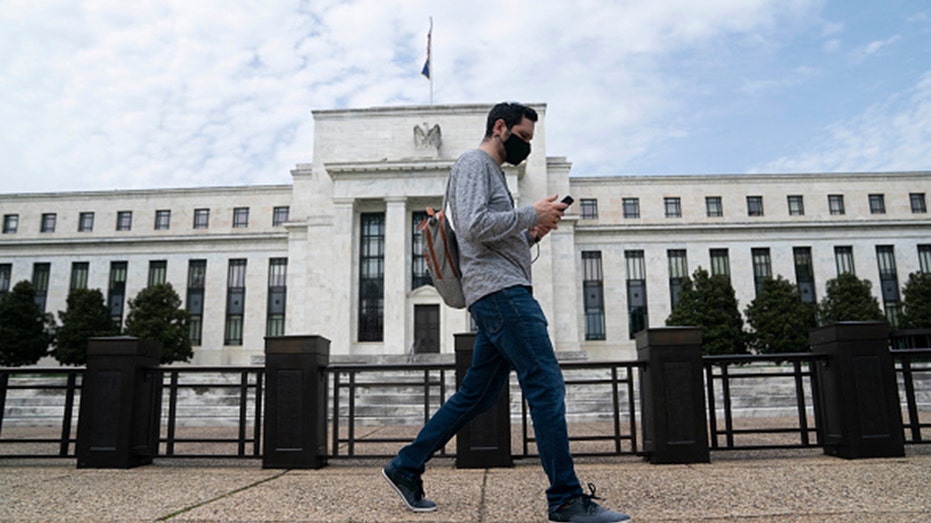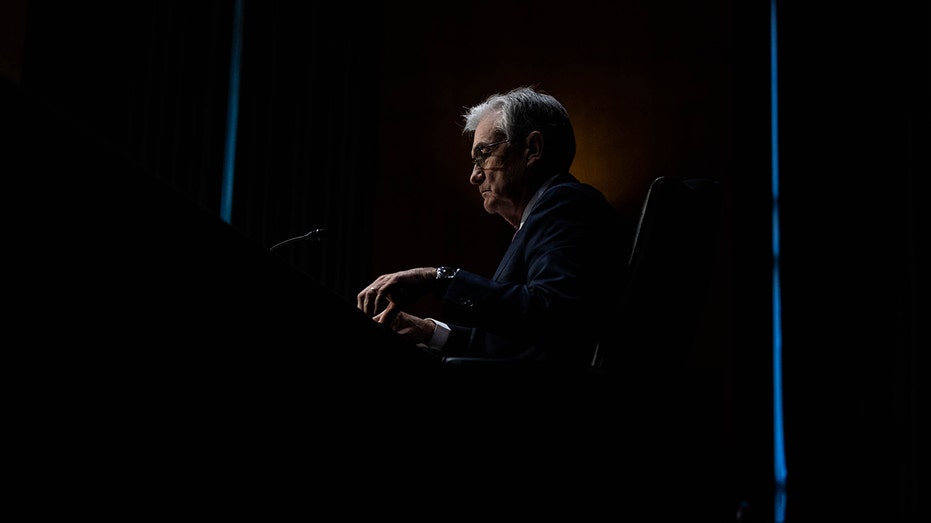UBS managing director and senior portfolio manager Jason Katz discusses his outlook for the Fed and markets.
The Federal Reserve is hoping to achieve the rarest of economic feats as it moves into full inflation-fighting mode: Cooling consumer demand enough so that prices stop rising, without crushing it so much that it throws the country into a recession.
Although Fed policymakers are counting on finding that elusive sweet spot – known as a soft landing – history shows that the U.S. central bank often struggles to successfully thread the needle between tightening policy and preserving economic growth.
ONE OF BIDEN’S FAVORITE ECONOMISTS SEES A HIGH CHANCE OF RECESSION IN NEXT 2 YEARS
Recent research from Alan Blinder, a former Federal Reserve board vice-chairman and a Princeton economist, identified 11 tightening cycles since 1965, of which eight were followed by recessions. Still, that doesn’t mean a severe recession is guaranteed: There were five instances of either very mild recessions in which GDP fell less than 1% or there was no economic decline at all.
Fed Chairman Jerome Powell has identified three examples, in 1965, 1984 and 1994, when the Fed tightened monetary policy, reduced inflation and saw no decline in growth.
“It is worth noting that today the economy is very strong and is well positioned to handle tighter monetary policy,” he said during a speech in March.
Median projections show that central bank officials are confident they can engineer such a landing: They anticipate core inflation falling to 4.1% at the end of the year, 2.4% next year and 2.3% in 2024, while they believe unemployment will hold steady at 3.5% to 3.6% for some time.
Despite that, there are growing fears on Wall Street that the Federal Reserve could inadvertently send the economy into a recession as it takes a more aggressive approach to fighting inflation, which is at the highest level since December 1981. Policymakers raised rates by a quarter-percentage point in March, and have since confirmed that sharper, half-point increases are likely in the coming months, beginning at their two-day, policy-setting meeting this week.

A man wearing a mask walks past the U.S. Federal Reserve building in Washington D.C., on April 29, 2020. ((Xinhua/Liu Jie via Getty Images) / Getty Images)
Traders are already pricing in at least a 100% chance of a half-point rate increase at the conclusion of the Fed’s May meeting on Wednesday, in addition to at least three more 50-basis point hikes at the central bank’s subsequent meetings in June, July and September, according to the CME Group, which tracks trading.
By September, traders expect the federal funds target range to be at least 2.25% to 2.5%, well above the current range of 0.25% to 0.50%. Hiking interest rates tends to create higher rates on consumer and business loans, which slows the economy by forcing employers to cut back on spending.
Bank of America, Deutsche Bank, Fannie Mae and Goldman Sachs are now among the firms warning that rapid Fed tightening could tip the economy into another downturn.
And last week, the Bureau of Labor Statistics reported that the economy unexpectedly shrank in the first quarter of the year, marking the worst performance since the spring of 2020, when the U.S. economy was still deep in the throes of the COVID-induced recession.

Jerome H. Powell, Chair of the Board of Governors of the Federal Reserve, speaks during a confirmation hearing before the Senate Banking, Housing and Urban Affairs Committee on January 11, 2022, in Washington, D.C. ((Photo by Graeme Jennings-Pool/Getty Images) / Getty Images)
“The window for the Fed to engineer a soft landing has likely closed, since the economy is already starting to deteriorate before the bulk of the Fed’s inflation-fighting tightening actions have taken place,” said Danielle DiMartino Booth, CEO and chief strategist at Quill Intelligence and a former adviser to a previous Dallas Fed president. “The last economic pillar standing is the job market, but we’re already seeing a weakening in new job posting.”
GET FOX BUSINESS ON THE GO BY CLICKING HERE
Powell has pushed back against concerns that further tightening by the central bank will trigger a recession and has maintained optimism that the Fed can strike a delicate balance between taming inflation without crushing the economy. Still, he has acknowledged the difficulty of the task ahead and said it is “absolutely essential” for central bankers to restore price stability.
“Our goal is to use our tools to get demand and supply back in sync, so inflation moves back into place, without a slowdown that amounts to a recession,” Powell said. “I don’t think you’ll hear anyone at the Fed say that’s straightforward and easy. It’s going to be challenging.”

